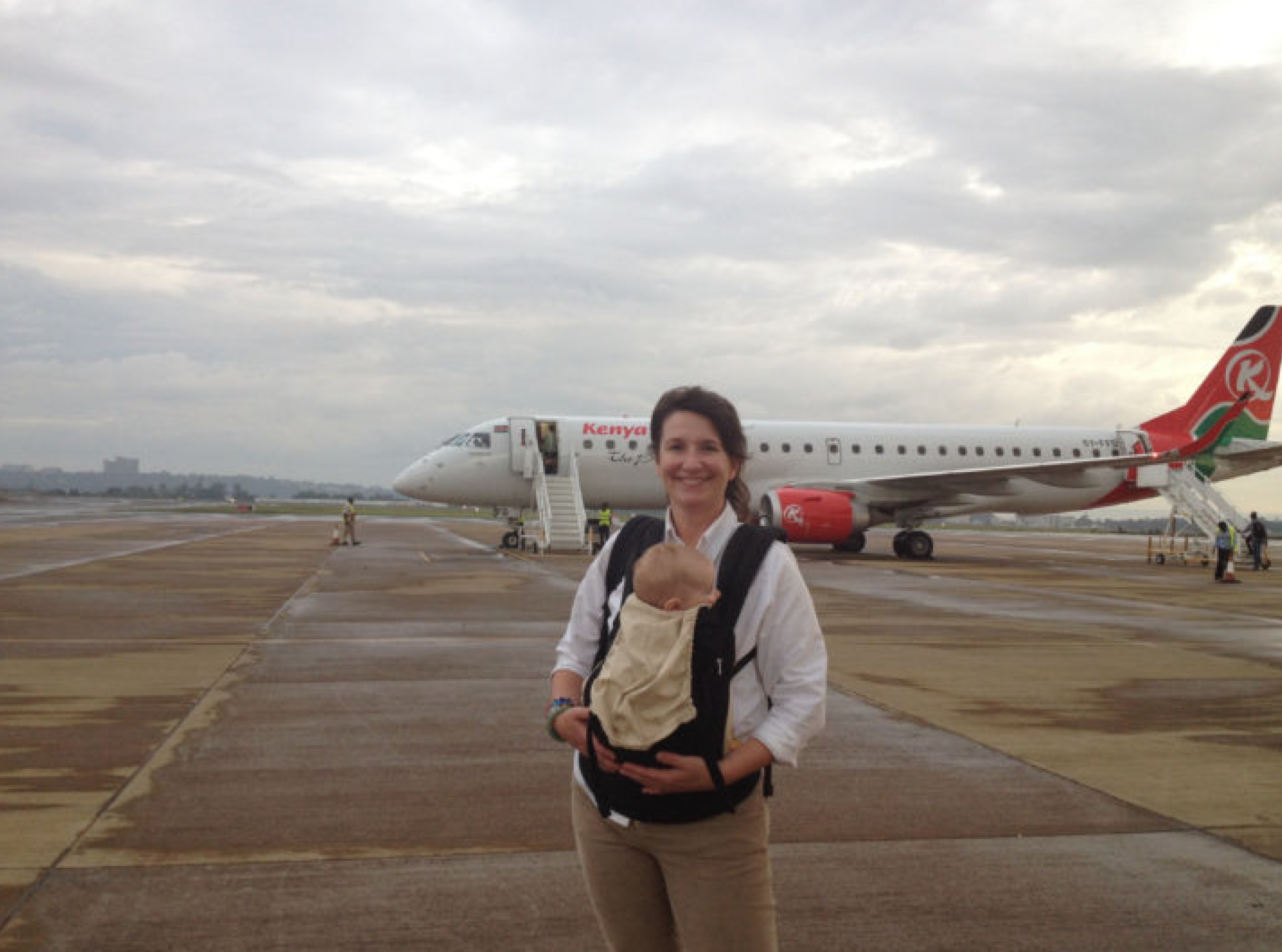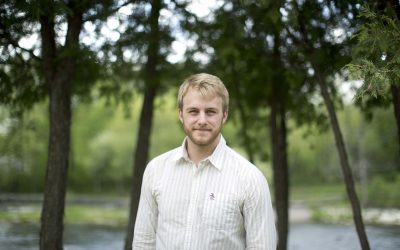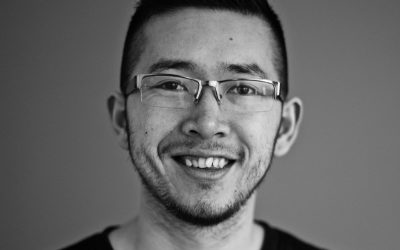Developing a Way to Measure Water Insecurity
Photo submitted by the author.
By Sera Young
I was in Kenya with my baby daughter in 2013, setting up a study on the impacts of food insecurity during pregnancy and early childhood. My team and I had conducted photo-elicitation interviews to understand what shaped how moms fed their infants. I had expected photos of foods, but what I saw were images that were completely unexpected: photos of water.
“This is the water we use for cooking sometimes. It comes from the prison called Kodiaga. The prison people let the sewage drain into it, but we still have to use it,” explained the mother of an eight-month-old who had photographed a jug of filthy brown water.
“Lack of money can make it difficult to cook for the baby and family at large. Sometimes you might have money for food but no water in the house, so you get torn between buying water or buying food. In a way, this makes the baby suffer because the money that ought to be used for buying her food ends up buying water; on the other hand, when the food is bought, that means that there is no water for cooking.”
I needed a tool that would more holistically measure all the ways that water is required in life — for consumption, hygiene, production and social relations.
We already know how to measure food insecurity, but a sister metric of water insecurity was clearly needed. I combed the literature to find a way to measure household water insecurity or the “inability to access and benefit from affordable, adequate, reliable, and safe water for wellbeing and a healthy life,” according to Jepson et al.
It turns out that the most commonly used metrics of water insecurity capture availability, such as cubic metres per capita or source of drinking water. But water being “out there” does not mean that water can be accessed or that it’s in the right quantities and qualities for all that it’s needed.
I needed a tool that would more holistically measure all the ways that water is required in life — for consumption, hygiene, production and social relations. There were site-specific scales for places like Bolivia, the Texas/Mexico border and Ethiopia, but none for Kenya. We therefore went on to develop a scale for Kenya — but, of course, problems with water occur almost everywhere.
“Water is life” is a phrase I’ve since heard again and again in many languages and all over the world. It’s a platitude because it’s true. We can’t survive for more than a couple of days without water. Another cliché is “that which gets measured, gets managed.” Social scientists can be very good at handling qualitative information but, for the rest of the world, numbers are more powerful because they offer less room for interpretation.
With these two ideas in mind, our inability to quantify household water insecurity globally struck me as a major opportunity to advance both scientific discovery and social justice.
 Sera Young and her daughter in Kenya. Photo submitted by the author.
Sera Young and her daughter in Kenya. Photo submitted by the author.
To that end, I have led an amazing consortium of scholars in scale development. They come from many disciplines and four continents, and we have worked together to develop a way to measure water insecurity that can work across the globe. We have collected data on water insecurity in 8,000 households at 28 sites in low- and middle-income countries. Through a potent combination of blood, sweat, tears and statistics, we have come up with the magical 12 items for assessing water insecurity that we are calling the Household Water Insecurity Experiences (HWISE) Scale. The HWISE Scale is garnering a lot of excitement, including from Gallup and UNESCO, with whom we are collaborating to raise resources to get it into Gallup World Polls. A number of non-governmental organizations are also currently implementing it.
The HWISE Scale also makes it possible to evaluate if interventions like well-building or dam construction reduce household water insecurity in the ways we expect them to. As we work with Gallup World Polls and UNESCO to raise funds to implement the scale in 140 countries worldwide, good data on the prevalence of household water insecurity and its consequences for health, well-being, political stability, migration and economic productivity will soon be available.
This scale is validated for low- and middle-income countries, but we need something similar for high-income countries, too. Elsewhere, I have argued that we are overdue for quantifying water insecurity in North America. Indeed, experiential measures of food insecurity have brought attention to the issue domestically and have transformed our understanding of a range of indicators of well-being, from child development to school performance. Measuring water insecurity could potentially highlight connections to other issues we may not currently be able to see.
Experiential measures of food insecurity have transformed policy, practice and public health. We are hopeful that the measurement of household water insecurity will do the same.
Dr. Sera Young is an assistant professor of anthropology at Northwestern University, a private research university based in Evanston, Illinois. The focus of her work is on the reduction of maternal and child-undernutrition in the first 1000 days, especially in low-resource settings. Methodologically, she draws on her training in medical anthropology (MA, University of Amsterdam), international nutrition (PhD, Cornell) and HIV (Fellowship, University of California San Francisco) to take a biocultural approach to understanding how mothers in low-resource settings cope to preserve their health and that of their families.



